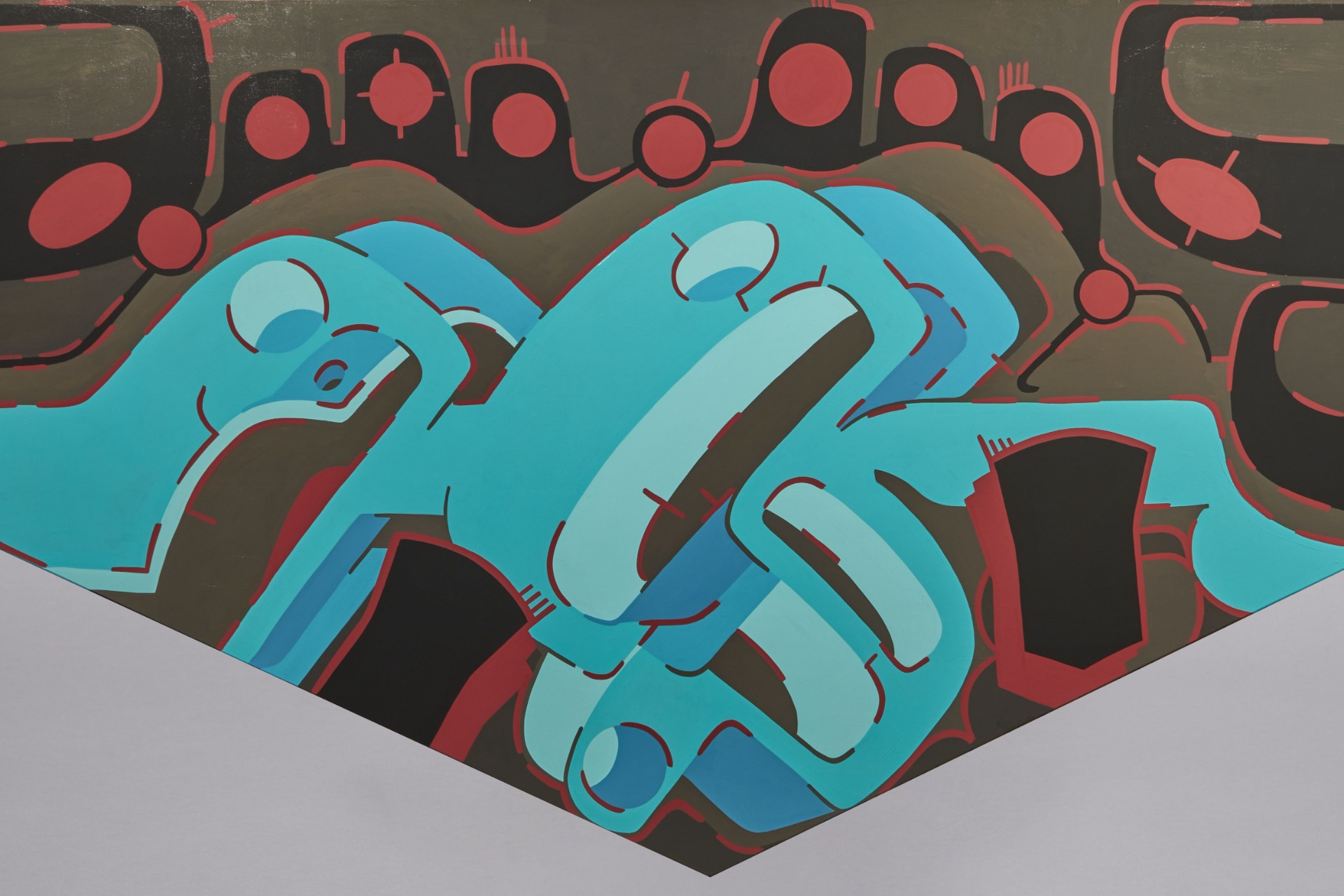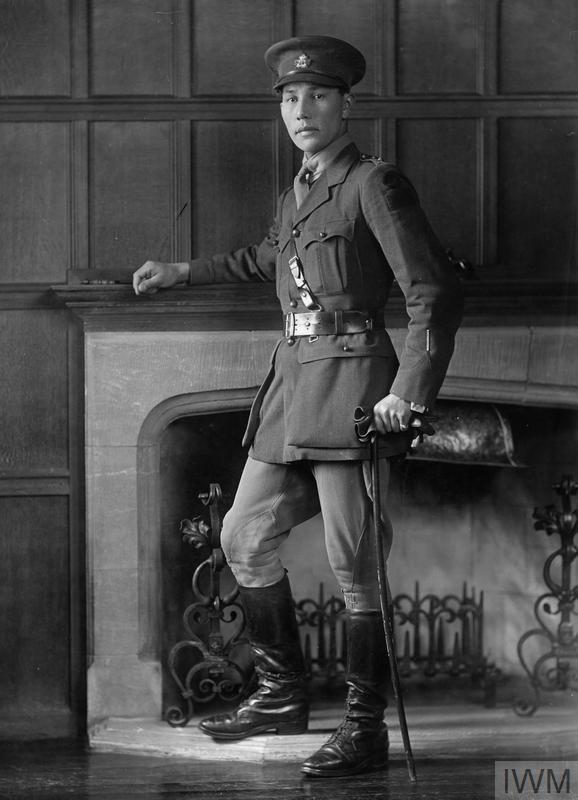Description
John Stacey was born in 1888 on the Kahnawà :ke Mohawk reserve in what is currently Quebec. He enlisted as an officer in May 1916 and arrived in Liverpool in mid-November. As part of the 114th Battalion, he took part in their visit to Glasgow and Edinburgh in December 1916 but shortly afterwards was admitted to the Westfliff Eye and Ear Hospital in Folkestone with chronic tonsillitis. He was sent to the Perkins Bull Convalescent Hospital for Canadian Officers in late January, before returning to service in mid-February. In July 1917, after he had reached France, Stacey wrote a letter to the Lord Provost of Glasgow: “We have naturally suffered some losses but generally I consider we have been fortunate. We are shortly leaving for the front line trenches again, and doubtless there will be some hard fighting so I thought I would write a few lines in order that you might have first-hand information that the”Indians from Canada whom you entertained are now really doing the job for which they came over, and are prepared to see the matter to a finish.” (Daily Record, July 7, 1917) A month later, he suffered gunshot wounds to the face, chest, and thumb during fighting near Lens. Invalided back to the UK, Stacey joined the Royal Flying Corps School of Aeronautics in Reading and became an R.A.F. pilot. Unfortunately, he was killed in an aeroplane accident at Hounslow in March 1918, when the plane he was flying crashed.
Bibliographic sources
https://peelarchivesblog.files.wordpress.com/2017/06/perkins-bull-hospital-register-page-sample.jpg; for Stacey’s story, see Kate Rennard, https://blogs.kent.ac.uk/bts/2018/10/29/first-world-war-native-stories/. Image credit: Imperial War Museum.

